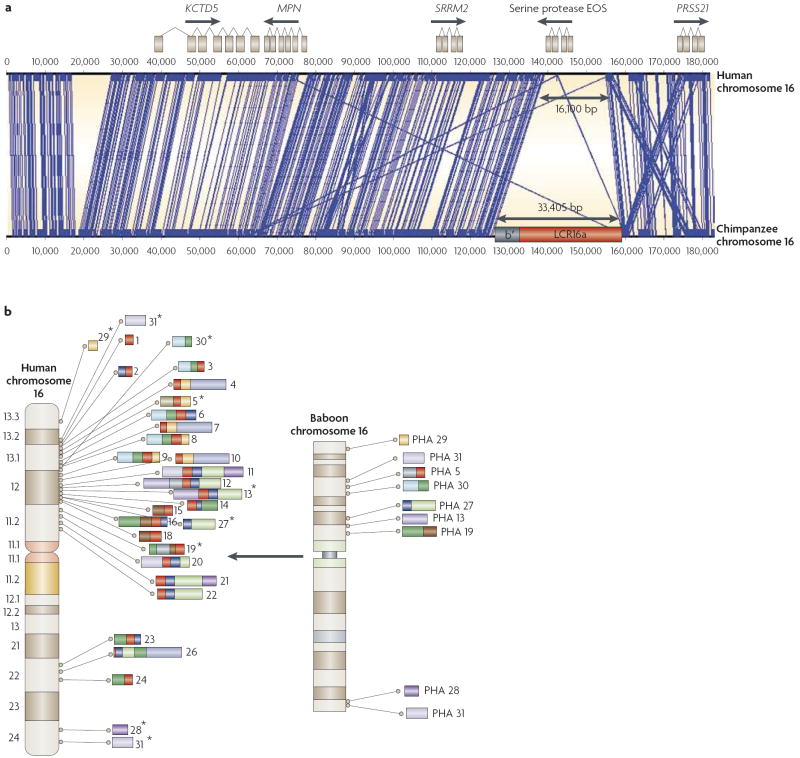Figure 1. Structural variations and segmental duplications.
a Example of structural variation and segmental duplication difference between chimps and humans. An interspersed segmental duplication (33,405 bp) carries a copy of the rapidly evolving nuclear pore complex interacting protein gene (NPIP), a member of the morpheus gene family, into a new location on chromosome 16. The chimpanzee insertion results in a coordinated deletion (16,100 bp) of the serine protease EOS gene. As a result, chimpanzees carry an additional copy of the morpheus gene, carried within the duplicon LCR16a (low-copy repeat 16a), but have lost a serine protease gene that is present in humans. Blue lines identify regions of high sequence identity between chimpanzees and humans. b Human segmental duplication expansion on chromosome 16. Nine single-copy regions in Old World monkeys (as indicated on the baboon Papio hamadryas (PHA) chromosomal ideogram) became duplicated specifically within the human–great ape lineage of evolution. These loci were distributed to 31 different locations on human chromosome 16; 24 of these carry a human–great ape specific gene family known as morpheus (as indicated by the red-coloured duplicons)99. Rearrangements between these interspersed duplications are associated with mental retardation and autism in humans. Coloured blocks show the distribution of the duplicons between the two species, with the position of the ancestral loci indicated by asterisks. Figure is modified, with permission, from REF. 100 © (2006) National Academy of Sciences, USA.

